
Los Angeles, once known for Hollywood, is now a booming hub for innovation and entrepreneurship in Silicon Beach. This guide provides a comprehensive roadmap for structurally and strategically forming a business in LA, considering the unique challenges of the region. From selecting the right business structure to understanding local resources and planning for growth, it's an essential read for anyone looking to succeed in LA's diverse and competitive business landscape.
by LawInc Staff
April 30, 2024
Booming innovation and entrepreneurship have shifted Los Angeles’s economic epicenter from Hollywood to the technology hub of Silicon Beach. Translating creative visions to viable ventures here however requires factoring unique geographic, demographic and legislative nuances influencing operations and growth.
This comprehensive guide serves as a roadmap covering critical considerations around structuring an LA-based business entity correctly to remain compliant and positioned for success.
We explore topics like choosing optimal business types aligned with goals, key licensing and permit norms to fulfill, navigating employment and real estate challenges, leveraging local resources, scaling smartly and building value through well-balanced leadership.
1. Select a Business Structure
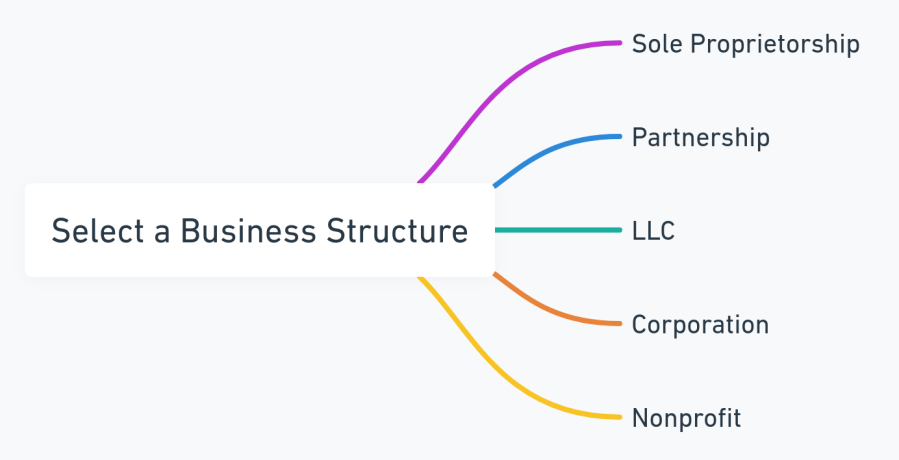
Exploring business structures suitable for startups in Los Angeles.
-
- Sole Proprietorship: Easy to setup for low-complexity business models offering independence. However problematic as sole proprietorships offer no liability protection.
- Partnership: Shared ownership distributing equity, responsibilities and profit-losses across designated partners. Also problematic since partnerships also offer no liability protection. In fact, partnerships can be worse since one partner can be liable for everything.
- LLC: Hybrid entity protecting personal assets with corporate-styled limited liability protections. Very flexible.
- Corporation: Separate entity requiring more formal governance and tax compliance. S corporations do offer tax savings.
- Nonprofit: Mission-driven focus aimed at social good over profits.
Examples:
-
- Janet’s Handywoman Services operated fine as a sole proprietorship. When she discovered she could be in on the hook in case of a business lawsuit, she decided to switch to an S corporation.
- Forming an LLC shielded risks given Alex’s boutique hotel’s growing scale.
- Complex R&D operations warranted Big Data Inc’s corporate structuring.
- Environmental nonprofit One Tree L.A. incorporated to receive grants better.
How to Proceed:
-
- To ensure proper entity formation, consult with a California incorporation attorney to ensure you are protected and maximize potential tax savings and avoid critical formation mistakes. Have the attorney weigh the pros and cons of LLC vs. Corp for your specific situation.
- The Corporate Transparency Act went into effect on January 1, 2024. Failing to comply can result in penalties of $500 per day (up to $10,000) and imprisonment. Consult with your business attorney about this new law.
- Obtain a local business license.
- Speak with an insurance agent about insurance coverage for your business.
FAQs:
-
- What entities allow the easiest tax treatment? Sole proprietors report via personal returns. LLC/Partnership enable pass-through.
- Do I need commercial licenses starting home businesses? Depends on county/city zoning codes and activity types.
- What compliance is mandated when taking investor capital? Stricter accounting, governance and fundraising regulations apply.
- Can entity status changes enable better terms negotiating with vendors/clients? Certainly in cases by projecting growth, longevity and strategic direction.
- What entities best protect my personal assets from company legal liabilities? Corporations and LLCs limit exposure that sole proprietors/partnerships don’t.
2. Obtain Operational Permits and Licenses
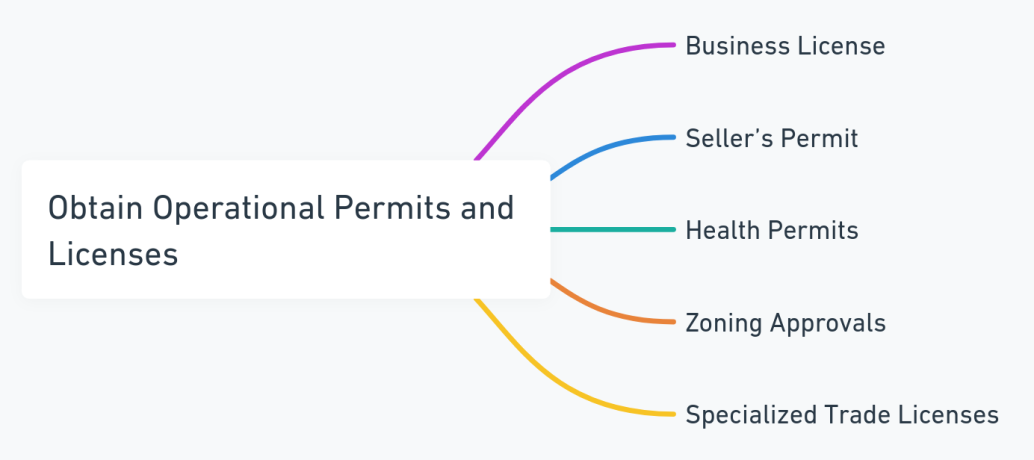
Exploring exit options for entrepreneurs in the LA market.
-
- Business License: Required in most cities to operate legally after filing formation documents.
- Seller’s Permit: Enables charging sales tax when selling products directly to LA consumers.
- Health Permits: Food services, beauty/personal care establishments oblige strict public safety protocols.
- Zoning Approvals: Ensure physical locations and activities comply area development plans.
- Specialized Trade Licenses: Professional services like medical, legal, accounting, construction demand specific clearances.
Examples:
-
- Phoenix Marketing Consultants registered properly with the LA County assessor.
- Permitting The Baked Bear’s new storefront required health inspections first.
- Hiring specialized contractors smoothed building plan approvals for Dr. Lee’s clinic.
- Sila Law Firm’s attorneys confirmed State Bar memberships active.
- Food trucks needed commissary agreements to get LA vendor licenses.
How to Proceed:
-
- Thoroughly review federal/state/county/city requirements with experienced agencies early.
- Prepare detailed operational plans demonstrating safety/compliance rigor for complex permits.
- Conduct location evaluations to prevent zoning-related business disruptions later.
- Renew license/permits routinely to avoid enforcement citations or activities suspension.
- Display all certificates prominently as many mandate on-site visibility.
FAQs:
-
- Can I operate immediately once forming my business? Rarely – various approvals required first compliant to location/industry.
- What signage permits might be required? Most cities govern size, placement, lighting limitations.
- How soon must I comply if zones change banning my activities? Generally grace periods of at least 3-6 months apply upon notification.
- Can I lose licenses for violations after already obtaining them? Absolutely – infractions can suspend operations regionally or statewide.
- Where is the fastest place to get permits/licenses processed? Applications directly through specialized third-party expediting services.
3. Structure Optimal Team and Employment
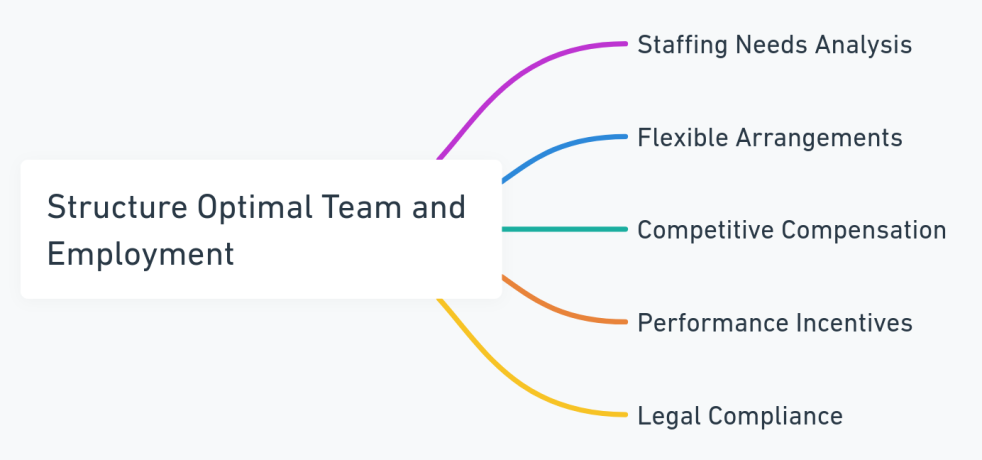
Strategies for structuring an optimal team in Los Angeles.
-
- Staffing Needs Analysis: Right-size teams factoring workflow volumes, seasonal changes, tech augmentation.
- Flexible Arrangements: Blend full-time, part-time, per diem, freelance roles adapting to needs.
- Competitive Compensation: Hard to attract talent without robust salaries, equity offerings relative to local market rates.
- Performance Incentives: Profit share, achievement commissions and bonuses help retention.
- Legal Compliance: Meet wage, discrimination, harassment, disability regulations.
Examples:
-
- Swanky PR brought on 3 big data analysts as demand for digital influence reporting grew.
- Legal secretaries at Lopez & Chan agreed condensed work weeks at lower pay during slow first quarters.
- High-commission incentive structures maximized output from Walker Tech’s salesforce talent.
- The Brick Oven reworked physical job duties ensuring ADA accommodation compliance.
- Part-time roles with flexible scheduling attracted specialized contractors like Red Car Brew’s masterbrewers.
How to Proceed:
-
- Model staff budgets annually factoring openings, terminations, promotions to meet evolving needs.
- Offer 401k, medical and other benefits crucial attracting star talent despite smaller scales.
- Localize pay adjusting published salary data ranges for LA’s premium living costs.
- Promote diversity avoiding legal exposure – advertise inclusively and make accommodations.
- Audit manuals, contracts and policies annually ensuring employment law compliance.
FAQs:
-
- What recruiting avenues best surface qualified local applicants? Industry events, university pipelines, niche job boards, LinkedIn support access.
- Should I consult attorneys when designing incentive pay plans? Highly advisable ensuring IRS/DOL compliance, proper classifications, caps and administration.
- What triggers overtime pay obligations? Generally hourly non-exempt full-time staff exceeding 40 worked hours per week.
- When must I provide employees meal and rest break periods? State laws mandate timing, duration – heavy penalties apply for violations.
- How frequently do employment posters need updating? Many change annually – stay on top to avoid citation risks.
4. Analyze Real Estate and Location Dynamics
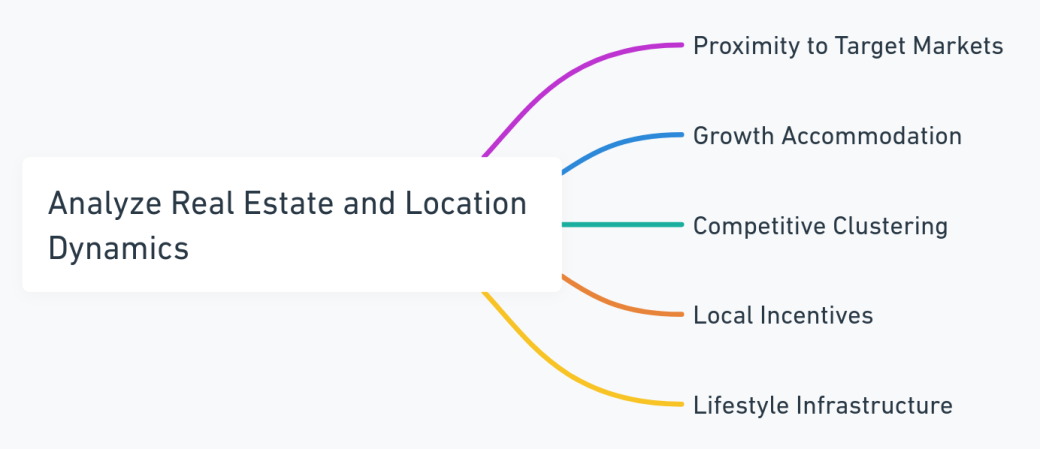
Understanding real estate and location dynamics in Los Angeles.
-
- Proximity to Target Markets: Understand client and employee density areas.
- Growth Accommodation: Ensure enough physical capacity and geographic visibility as business scales.
- Competitive Clustering: Certain industries benefit co-locating amidst peer firms.
- Local Incentives: Tap business development and technology zone resources.
- Lifestyle Infrastructure: Ensure proximity to transit, amenities, residential areas.
Examples:
-
- Boutique ad agency creatives appreciated the inspiration of Arts District vibes.
- Opening downtown optimized walk-in exposure for the pet grooming startup Barkley’s.
- Neighborhood revitalization incentives promoted Gravity Media’s studio relocation.
- Proximity to LAX and port logistics operations suited CargoServe’s small warehouse.
- Convenient transit and housing attracted young biotech talent to RX Innovations’ Culver City labs.
How to Proceed:
-
- Map current and projected locations balancing visibility, accessibility and affordability.
- Study foot traffic patterns, parking availability, congestion and safety dynamics locally.
- Model future space requirements as initiatives, inventories and personnel evolve.
- Consult LA’s Economic Development Department on possible relocation support resources.
- Negotiate lease renewals/extensions providing maximum flexibility to adjust amidst growth.
FAQs:
-
- What neighborhoods offer the best retail foot traffic in LA? Third Street Promenade, The Grove, Beverly Center, Hollywood Walk of Fame and The Americana rank high.
- Should I buy or lease space for my new LA business? Depends on capital availability, ownership flexibility required and potential tax advantages.
- What signage is permissible for storefront visibility? Varies based on city/county zones considering size, placement, lighting limitations.
- How enforceable are restrictive operating covenants between neighboring tenants? Very – carefully review all shared space agreements with lawyers before signing.
- What recourse exists if zoning suddenly changes banning my business activity? Depending on material hardship, special exemptions or gradual phase-outs may apply.
5. Access Local Resources and Incentives
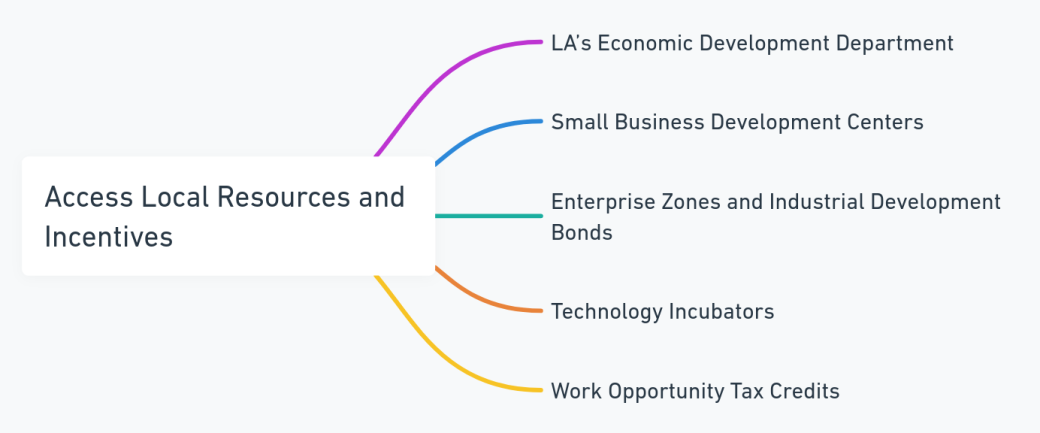
Exploring resources and incentives for business growth in LA.
-
- LA’s Economic Development Department: Counsels entrepreneurs on planning, licenses, site selection.
- Small Business Development Centers: Offer expert consulting, mentoring and regulatory guidance.
- Enterprise Zones and Industrial Development Bonds: Promote growth in focused geographic areas through tax/financial benefits.
- Technology Incubators: Provide infrastructure, seed funding, mentoring launching and accelerating startups.
- Work Opportunity Tax Credits: Subsidize wages hiring employees from vulnerable groups.
Examples:
-
- LA Cleantech Incubator accelerated Siltron Technologies’ prototypes into viable offerings.
- The California Enterprise Development Authority channeled construction bonds benefiting minority contractors.
- Consulting SBDC advisors optimized The Crusted Baguette’s restaurant expansion decision-making.
- TechWild startup qualified for county tax rebates hiring local military veteran engineers.
- LA’s BusinessSource Centers fast-tracked Lady Luxury Transportation’s permitting intricacies.
How to Proceed:
-
- Research city, county and state programs as eligibility widely varies – consult experts to map options.
- Analyze tax credit/funding terms closely – maximize mutually aligned opportunities.
- Tap alumni of local support initiatives for insights on navigating applications.
- Volunteer mentoring new entrants to pay it forward after outgrowing early-stage assistance.
- Prominently showcase involvement with local development groups signaling commitment to regional growth.
FAQs:
-
- What criteria qualify companies for California Competes Tax Credits? Strict thresholds exist on job volumes, compensation, investment amounts and positive economic impacts.
- Can confidential business concepts be safely shared when accessing incubator/accelerator resources? Require robust non-disclosure agreements before formally engaging mentors.
- Do enterprise zone geographic boundaries and associated benefits fluctuate frequently? They evolve spanning multiple years as economic priorities shift locally.
- What recourse applies if incentive granting organizations provide inaccurate program guidance? Varies – carefully assess liability releases protecting advisors when enrolling.
- Besides tax credits, what other startup costs can local agencies subsidize? Many fund licensing support, training, recruitment, facility improvements etc within defined parameters.
6. Plan Smart Capitalization and Cash Flow
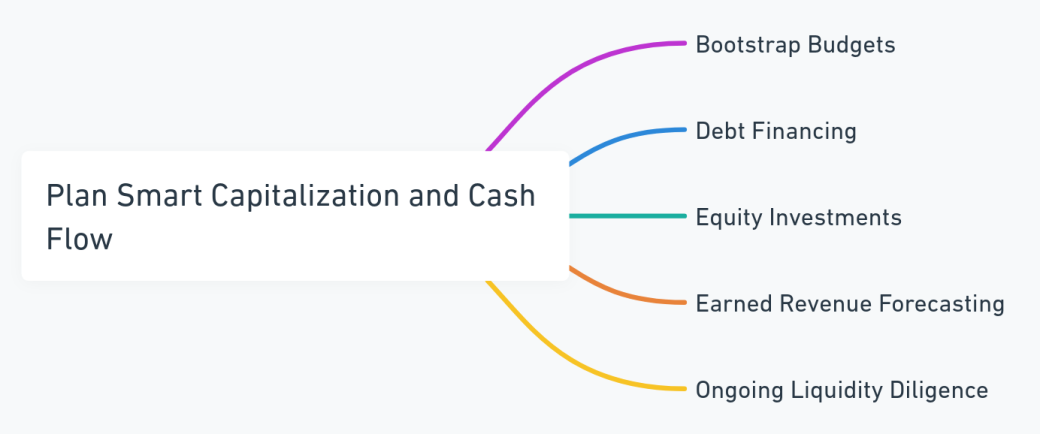
Strategies for effective capitalization and liquidity management in LA.
-
- Bootstrap Budgets: Stringently from personal capital, crowdfunding, friends/family supporters.
- Debt Financing: Loans/lines of credit provide flexible low-cost leverage if negotiated well.
- Equity Investments: Venture capital/angel funding accelerate growth surrendering some ownership.
- Earned Revenue Forecasting: Conservatively model regional industry size, share viability and cycles.
- Ongoing Liquidity Diligence: Carefully monitor daily accounts receivable/payable balancing client payments against obligations.
Examples:
-
- Equity crowdfunding enabled Rover mobile pet grooming to bootstrap launching citywide.
- Asset collateralized debt financed Finish Contractors’ heavy machinery purchases.
- VC backing empowered TapThat’s alcohol delivery app to outpace competitors with market expansion.
- Disciplined revenue analysis prevented overextending budgets for the rapidly growing toy importer PlayLA.
- The lifestyle publishing firm Socalife monitored receivables hour-by-hour to manage cash crunches between quarterly ad payments.
How to Proceed:
-
- Define funding stages matching operational milestones to potentially access multiple sources over time.
- Model 3-5 year projections and break-even scenarios across conservatively low, likely and best cases.
- Scrutinize personal credit reports for accuracy prior to seeking financing.
- Explore hybrid approaches blending favorable terms from debt/equity sources.
- Continuously evaluate working capital – excess cash should fund growth, not sit idle.
FAQs:
-
- What lending options work best for very young startups? Credit unions, microlenders and CDFIs consider alternative underwriting criteria that traditional banks don’t.
- When should founder equity vs conventional compensation be emphasized recruiting early team members? Equity generally motivates more prior to revenue stabilization post-funding.
- Can lenders impose equity participation under debt financing terms? Yes, lender warrants are common applying higher venture-like returns to balance default risks.
- What leverage do venture capitalists have influencing operations after investing? Extensive governance intervention rights demand board seats guiding planning, budgets etc.
- How frequently do startups need reconciling projections to actuals? Continuous rolling forecast cadence minimizes surprises unable to service obligations.
7. Develop Strong Marketing and Sales Fundamentals
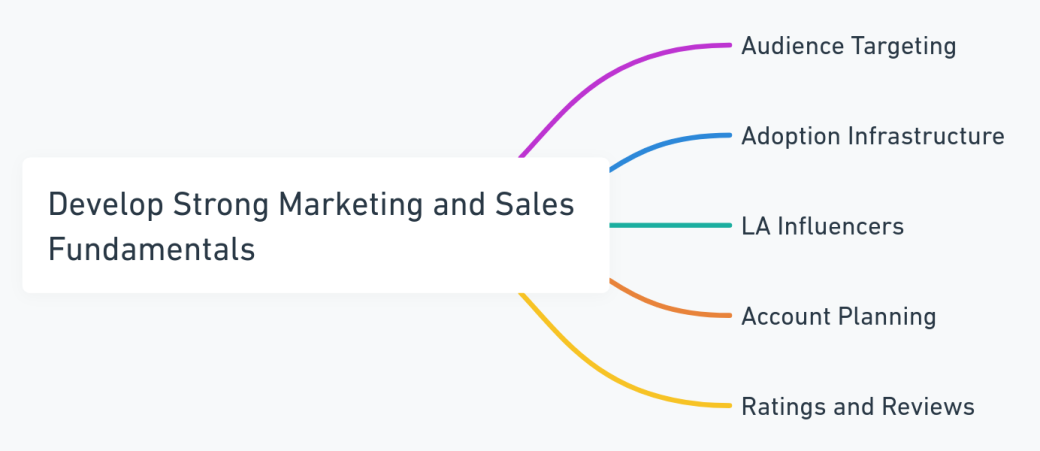
Key marketing and sales techniques for success in Los Angeles.
-
- Audience Targeting: Persona definitions guiding content channels, messaging and promotions.
- Adoption Infrastructure: Frictionless customer acquisition/conversion workflows.
- LA Influencers: Engage bloggers, brand ambassadors and celebrity endorsers.
- Account Planning: Consultatively guide high-lifetime-value customers maximizing retention.
- Ratings and Reviews: Monitor presence and sentiment cultivating user-generated content.
Examples:
-
- Influential mom bloggers organically promoted the Buzzbaby childcare app statewide.
- 1:1 appointment setting optimized CloudCFO’s complex analytics salesfunnel conversions.
- Cult celebrity patrons attracted hipster crowds to the Kombucha Speakeasy nightclub.
- Client advisory boards guided priority feature enhancements for ShopSmart’s ecommerce subscriptions.
- Ratings alerts ensured the SipSpot craft brewery addressed the rare negative review.
How to Proceed:
-
- Define and quantify addressable segments to focus campaign budget allocations optimally.
- A/B test multiple creative approaches measuring engagement, conversions and ROI.
- Explore earned amplification through strategic partnerships, loyalty programs, referrals.
- Personalize messaging aligning to micro-community values and interests.
- Monitor reviews across platforms addressing concerns quickly and publicly.
FAQs:
-
- What creative tactics best drive guerrilla marketing buzz cost-effectively? Experiential pop-ups, controversy, give-back partnerships often work if resonating contextually.
- How can small businesses knowledgeably navigate the complex world of online advertising? Start conservative testing priority placement types before optimizing broader spend.
- What risks arise from over-indexing sales through Groupon, LivingSocial and social channels? Deep discounts erode margins and condition against premium value perception.
- Should startups budget significantly for traditional media like local TV, radio and print? Beyond earned news coverage, early mass advertising proves less measurable.
- How can mom and pop retailers maximize word-of-mouth referrals? Loyalty programs, personalization and community perks reinforce habit-forming benefits.
8. Harness Digital Transformation Enablers
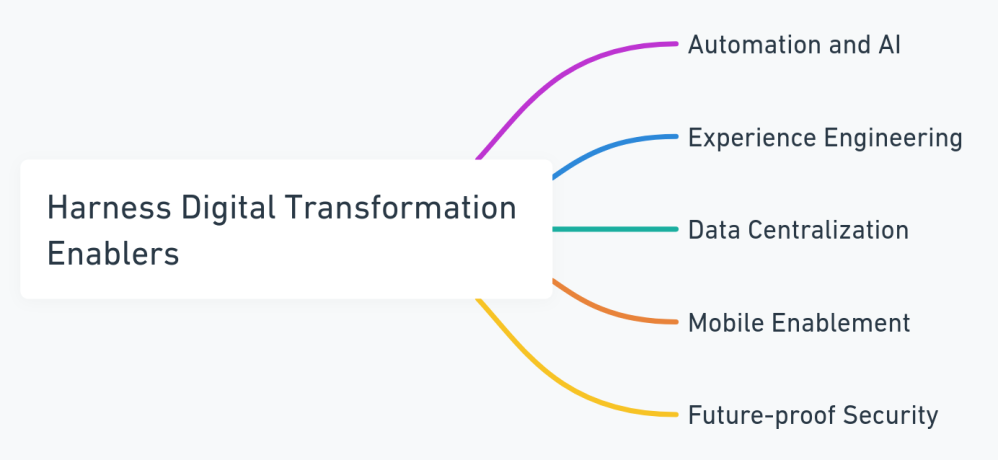
Embracing digital enablers for business growth in Los Angeles.
-
- Automation and AI: Drive efficiencies, insights and hyper personalization.
- Experience Engineering: Map and continually refine user journeys.
- Data Centralization: Integrate siloed information assets enterprise-wide.
- Mobile Enablement: Serve stakeholders anytime/anywhere responsively.
- Future-proof Security: Protect expanding privacy/compliance exposures proactively.
Examples:
-
- Chatbots fielded basic buyer questions about RezReal’s new condo projects 24/7.
- UX testing ensured Librarebook’s redesigned kiosk interface maximized patron conversions.
- Centralized cloud data unified regional analytics for SoCal Healthcare’s clinical leadership.
- One-click mobile reservations accelerated bookings at Dinette, the boutique hotel.
- Proactive endpoint security audits identified key infrastructure risks across CrushWine’s national ecommerce operations.
How to Proceed:
-
- Evaluate productivity software, RPA tools and intelligent process integrations yielding highest ROI.
- Journey map touchpoints prioritizing digitization, personalization and mobile-first engagement.
- Assess infrastructure bottlenecks and legacy systems inhibiting data unification.
- Prototype feature concepts measuring usage, satisfaction and commercial outcomes.
- Stress test safeguards under hacking simulations to expose control gaps.
FAQs:
-
- How viable are virtual reality and augmented reality for most LA business types currently? Niche b2c applications exist today; widespread enterprise use remains years away pending device/infrastructure maturation.
- What risks accompany automating transactions or services previously involving human judgement? AI bias, unplanned edge cases, lack explainability demand fail-safe human oversight still.
- Should startups budget significantly for traditional media like local TV, radio and print? Beyond earned news coverage, early mass advertising proves less measurable.
- What security measures best balance protection needs amidst flexibility enabling remote/mobile workflows? Contextual access controls, multi-factor authentication, cyber-aware user training.
- How can technology roadmaps align to corporate growth plans amidst limited planning bandwidth? Outside specialists can impartially map current/desired states, providing modular recommendations balancing tradeoffs.
9. Structure Balanced Company Leadership
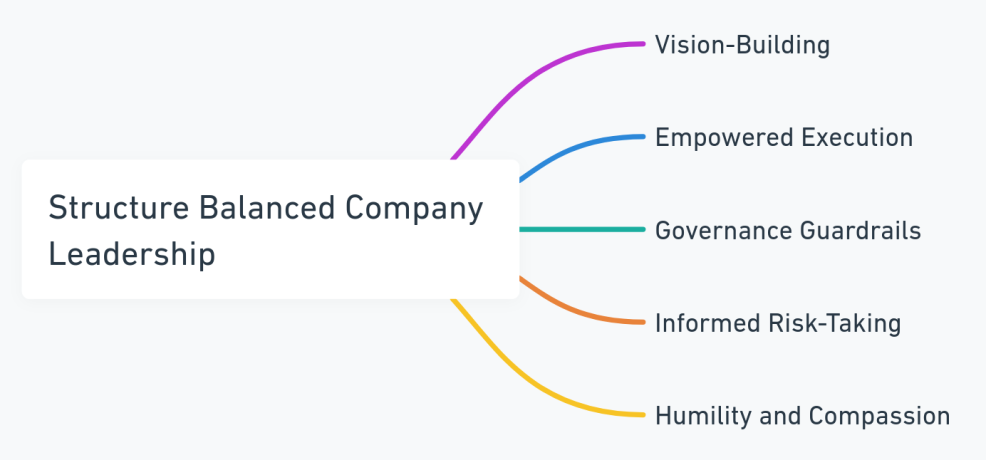
Crafting effective leadership strategies in Los Angeles.
-
- Vision-Building: Inspire teams toward ambitious transformations beyond status quo.
- Empowered Execution: Align authority, accountability and resources decentralizing decision rights.
- Governance Guardrails: Maintain proper controls as spheres of influence expand.
- Informed Risk-Taking: Enculturate measured experimentation and failure tolerance.
- Humility and Compassion: Achieve commercial aims without compromising ethics or humanity.
Examples:
-
- As CEO, William motivated CloudForce’s team reaching for 10x growth empowering decentralized innovation.
- Delegated authority accelerated commercialization cycles meeting AngelStyle Investors’ urgency.
- Expanded HR oversight ensured manager accountability amidst 311 Technologies’ rapid hiring surge.
- Leadership backing enabled controlled experimentation delivering breakthroughs at PlexHealth Labs.
- Conscious contracting principles steered Ladera Builders during turbulent building cycles morally.
How to Proceed:
-
- Reassess delegation latitude as responsibilities, skills and controls mature across the organization.
- Nurture diverse perspectives through inclusive hiring and open communications.
- Build cross-functional decision-making bodies to advise executive sponsorship objectively.
- Celebrate early pivots stemming from test-and-learn discoveries.
- Continually emphasize how societal value creation and commercial success interrelate.
FAQs:
-
- What conflict resolution tactics work well retaining co-founders along growth journeys? Early mediation, vesting revocations, clear divide of duties, partner buyouts etc can help.
- How might future-of-work trends like remote operations and gig employment impact management styles long term? Requires balancing technology oversight with human empowerment, self-management and nurtured loyalty .
- What oversight penalties or liabilities can leaders face amidst rapid scaling? Depends – regulatory noncompliance, negligence liability, fiduciary breaches etc apply in contexts.
- Should advisory board creation be prioritized early on? Multiple mentor perspectives hugely beneficial bouncing ideas, introductions and strategic advice.
- How can founders maintain culture and alignment as investors and new executives eventually join leadership? Committing guiding principles/values early helps benchmark major decisions subsequently.
10. Plan Your LA Business Exit Strategy
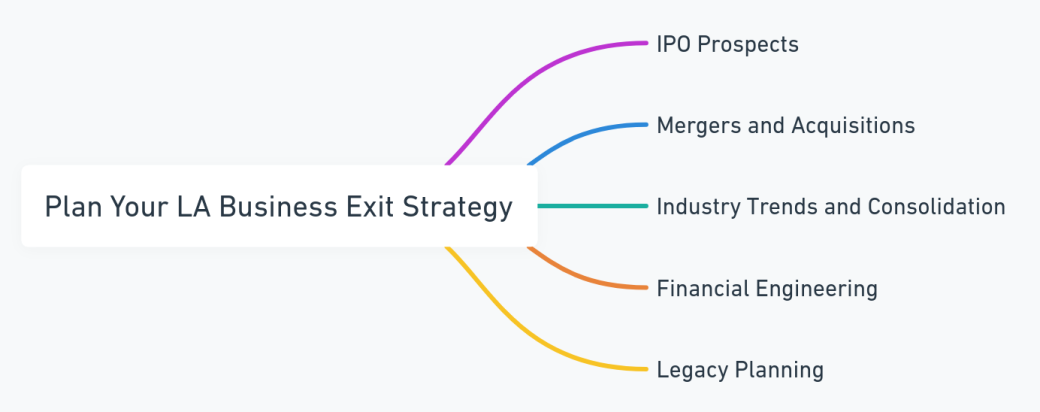
Exploring exit options for entrepreneurs in the LA market.
-
- IPO Prospects: Weigh realistic public market appeal and regulatory hurdles.
- Mergers and Acquisitions: Synergistic trade buyers boost valuations.
- Industry Trends and Consolidation: Position for emerging category leaders as sectors mature.
- Financial Engineering: Creative deal structures and collateralization.
- Legacy Planning: Ensure business continuity for customers and employees.
Examples:
-
- Strong subscription revenue predictability attracted high multiples from PE buyers hungry for SaaS scale.
- LARP pioneer sold the live action gaming business seeking vertical integration synergies.
- Surging industry consolidation drove SitcomTV’s streaming service sale amidst maturing viewership fragmentation challenges..
- Second lien debt leverage boosted equity payouts for GreenEnergy’s founder partially exiting.
- The beloved community bookshop’s owner structured an ESOP ensuring downtown cultural longevity.
How to Proceed:
-
- Model exit scenarios spanning M&A, IPO, recapitalization outcomes.
- Accelerate growth demonstrating leadership potential amidst market transformations.
- Clean up corporate governance early strengthening future due diligence.
- Preserve asset flexibility avoiding overspecialization dependent on individual buyer needs.
- Codify institutional knowledge and groom leadership succession pipelines.
FAQs:
-
- What factors typically destroy frothy LA startup valuations during due diligence? Legal snags, IP conflicts, stagnant growth, cultural friction, inflated projections.
- How can small enterprises attempt competing amidst consolidating giants? Specialize on clearly differentiated niche segments that big corps overlook.
- What incentives exist sustaining founder operational involvement post-exit? Deferred earn outs, equity rollovers, executive transitions roles.
- How soon to target outcomes should financial maneuvering start? Years ahead. Maximizing control and optionality takes foresight.
- What factors typically destroy frothy LA startup valuations during due diligence? Legal issues, stagnant growth, cultural friction, inflated projections.
Summary
Launching a business in sprawling, diverse Los Angeles intersects complex dynamics spawning global media empires and technology unicorns, yet dashing other dreams catastrophically.
Master the region’s idiosyncrasies around structural establishment, regulatory compliance, location planning, team building, capital access and accelerated growth to ensure your entrepreneurial livelihood withstands formidable odds stacking against it.
Remember that patience and resilience drive eventual triumph here more than perfect strategy. But armed with proper guidance, grit and a bit of luck, no limit exists on what L.A. opportunities your ambitions can seize next, transforming imagination into reality.
Need Help Starting Your LA Business? Contact Us.
Contact us to get your journey started on the right legal footing.
Disclaimer
The business formation information presented in this article is for general informational and educational purposes only. It does not constitute formal professional advice tailored to unique operational needs. We recommend verifying applicability of discussed guidelines against latest regulatory, legislative and permitting agency specifications relevant to launching in your industry, locality and circumstances. Consult licensed professionals to discuss specific concerns guiding decisions.
Also See











